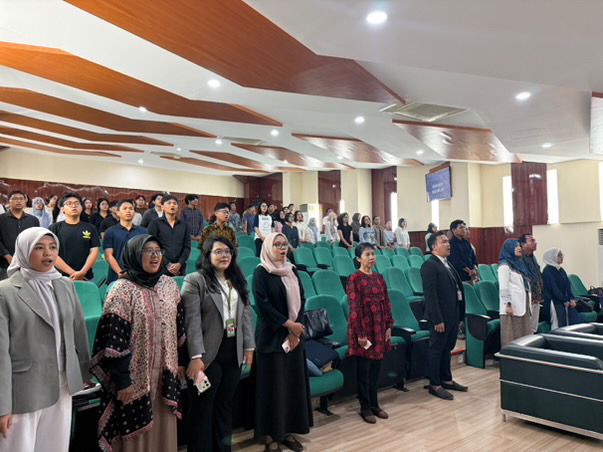
Washington, D.C.– In a dramatic turn of events, the United States government entered a partial shutdown at midnight on October 2, 2025, as lawmakers failed to reach a consensus on a spending bill to fund federal operations through the fiscal year. The impasse, which has been brewing for weeks amid partisan disputes over spending priorities and debt ceiling concerns, leaves millions of federal workers in limbo and disrupts key services across the nation.
Vice President JD Vance addressed the White House press corps early this morning, placing the blame squarely on Democratic leadership in Congress for what he called “reckless obstructionism.” “This shutdown isn’t about fiscal responsibility—it’s about Democrats prioritizing their extreme agenda over the American people,” Vance stated, urging Senate Democrats to support President Trump’s proposed reforms, including deeper cuts to non-essential programs. The Vice President’s remarks come as the administration pushes to leverage the crisis for advancing a broader policy agenda, including immigration enforcement and energy independence initiatives.
On the other side of the aisle, House Minority Leader Hakeem Jeffries accused Republicans of using the shutdown as a “political stunt” to force through unpopular cuts to social programs like Medicare and Medicaid. “Families across America deserve better than this manufactured chaos,” Jeffries said in a floor speech late Thursday. Negotiations in the Senate, which reconvened today under intense pressure, showed little progress as of midday, with no immediate resolution in sight.
The shutdown’s immediate impacts are already being felt. Non-essential federal services, including national parks and Smithsonian museums, will close to the public starting today, while active-duty military personnel remain on the job but face delayed paychecks. Air traffic controllers and border security agents are classified as essential and will continue operations, but furloughs for over 2 million civilian employees could begin within hours. Economists warn that prolonged gridlock could shave up to 0.5% off GDP growth in the fourth quarter, echoing the economic fallout from the 2018-2019 shutdown.
As the crisis unfolds, eyes are on Capitol Hill for any signs of compromise. President Trump, who has remained uncharacteristically quiet on the matter, is scheduled to meet with congressional leaders this afternoon. Political analysts speculate that the shutdown could play into the administration’s hands by highlighting divisions within the opposition, potentially boosting Republican momentum ahead of the 2026 midterms.
For now, Americans brace for uncertainty, with the last government shutdown in 2019 serving as a stark reminder of the human cost of Washington’s dysfunction. Updates will follow as negotiations evolve.






